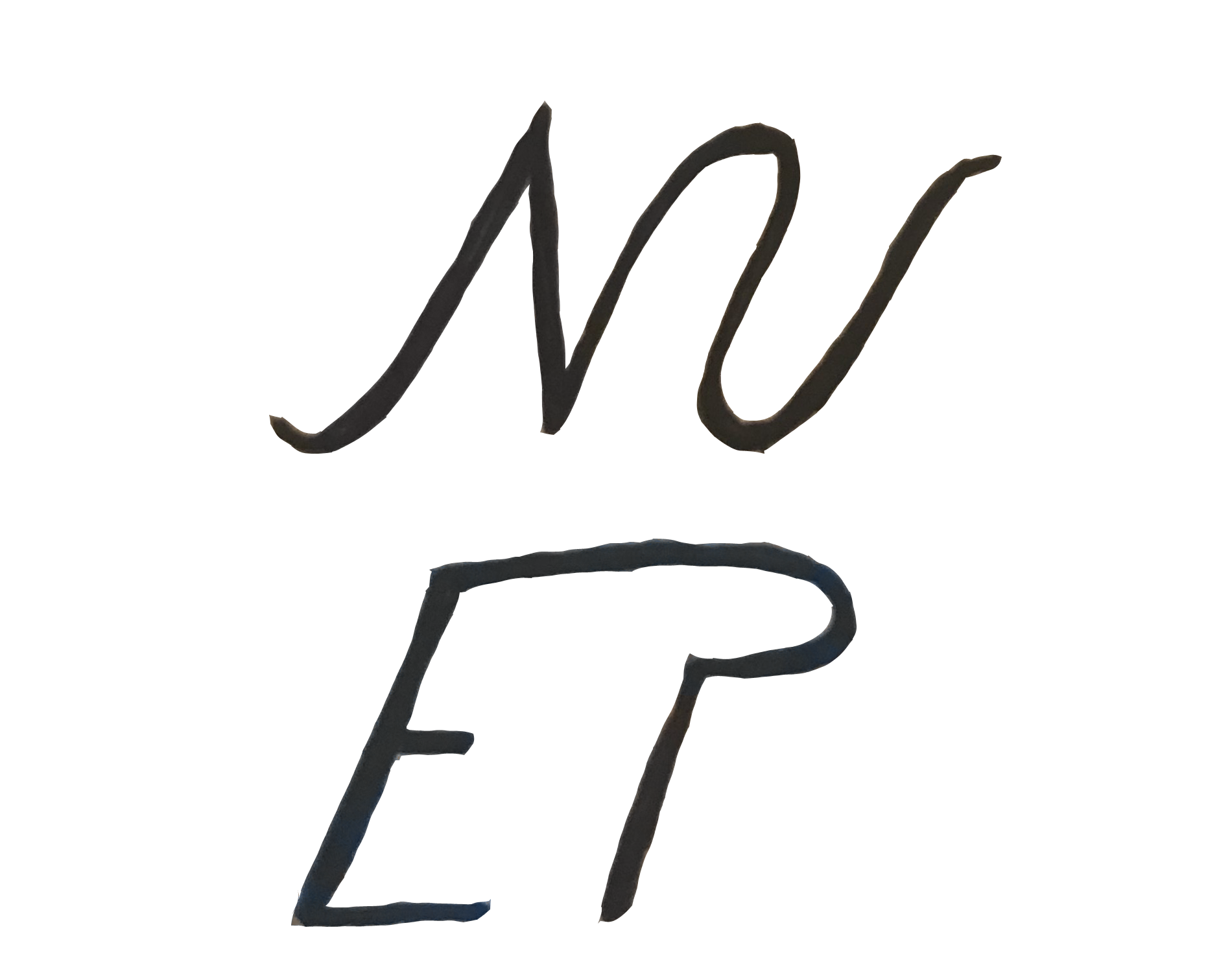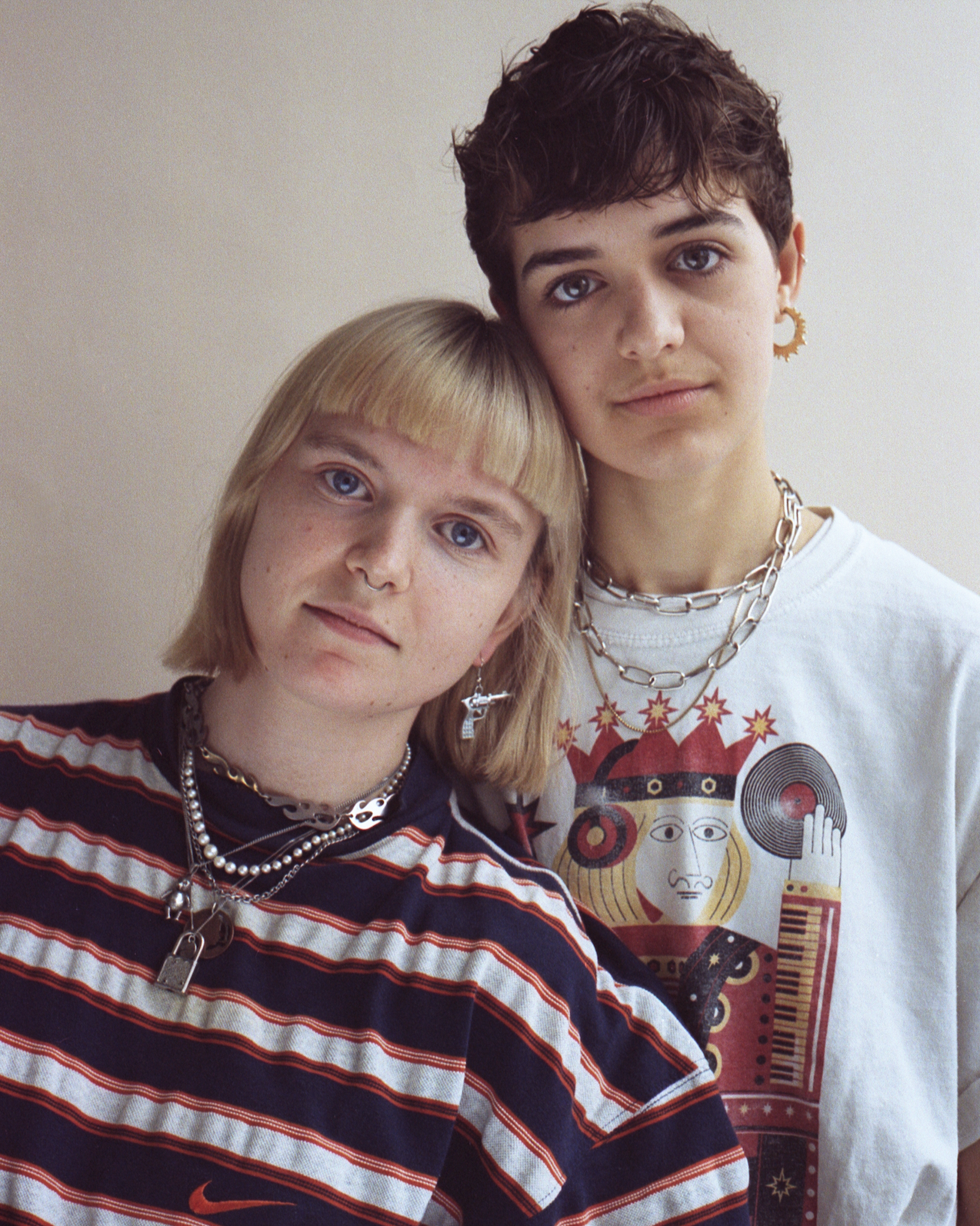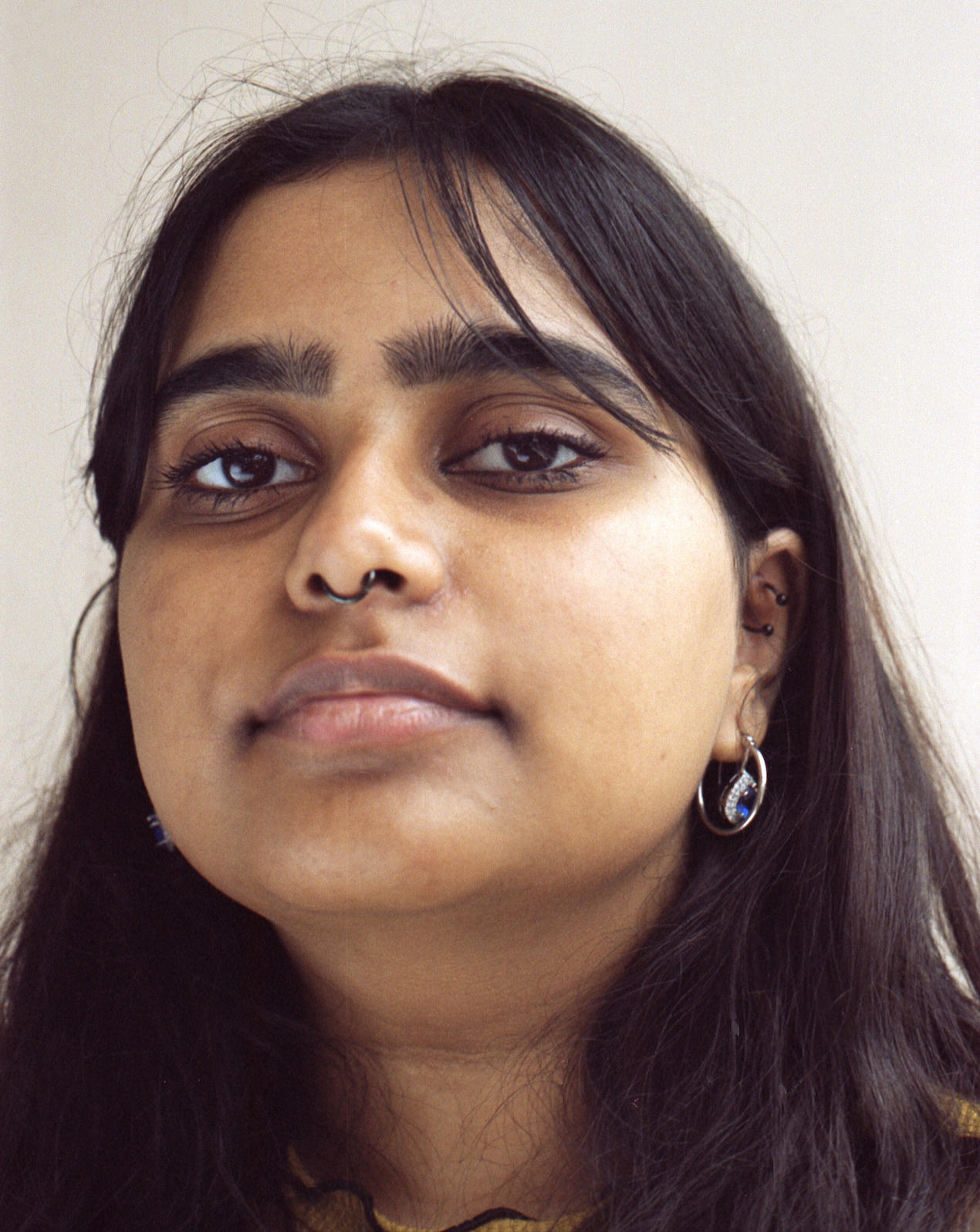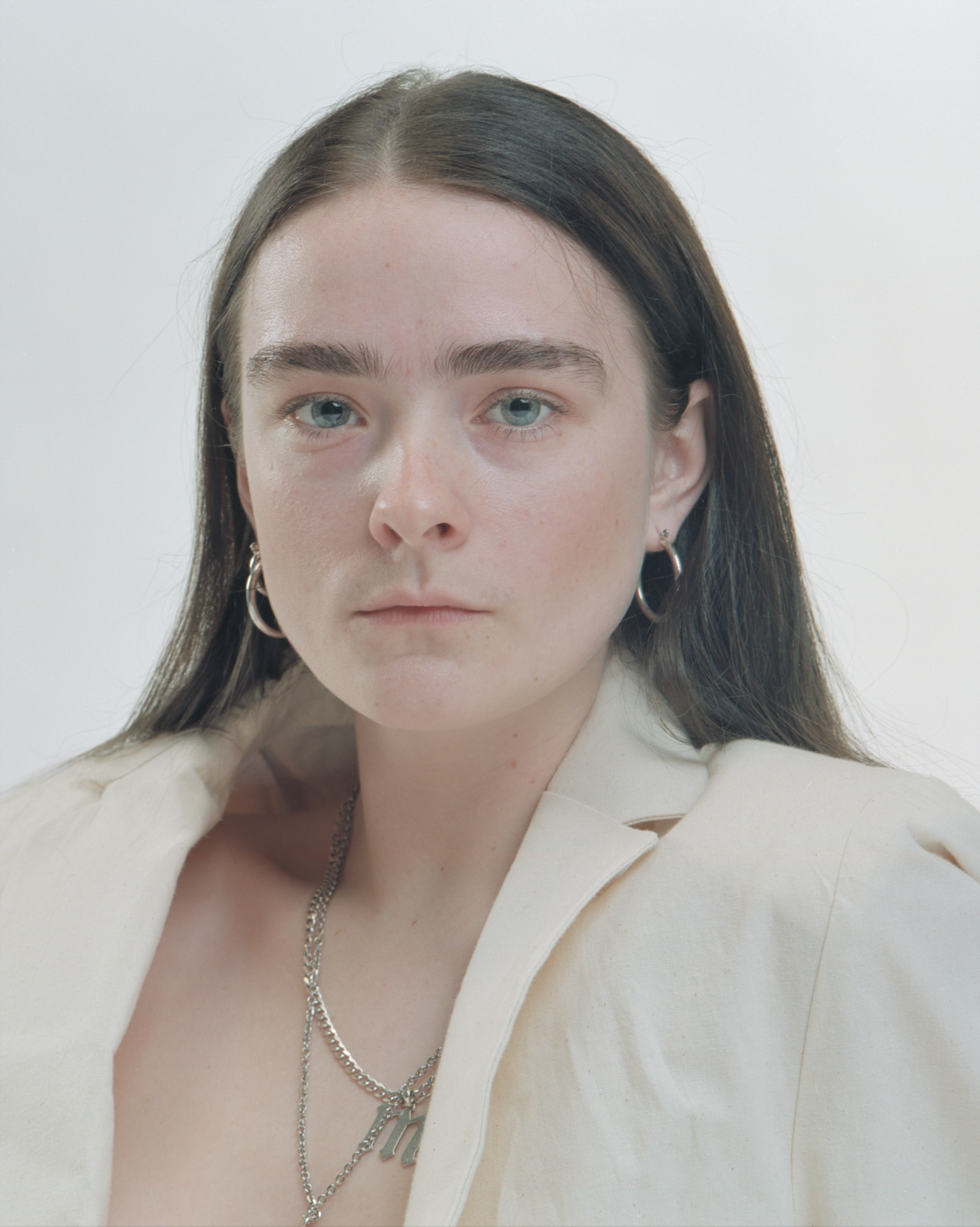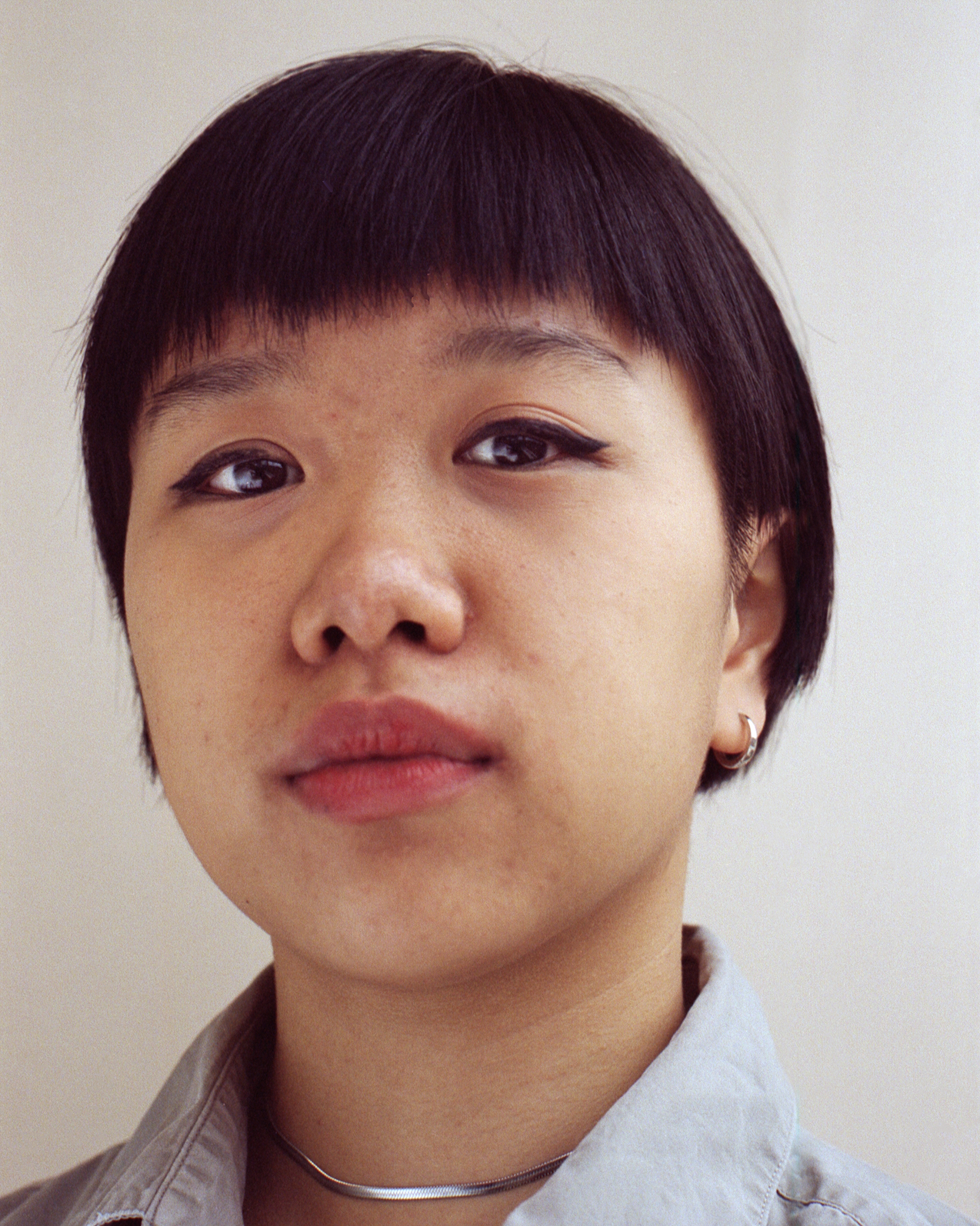Interview with Miriam Woodburn: Challenging stereotypes about queer women
Maybe it was the hot pink coloured posters calling for queer women that grabbed your attention? Or perhaps you first heard about the project when you came across the powerful yet gentle portraits featured on the Stanley Picker Gallery website?
The Queer Women Project is a collection of portraits and stories emphasising the spectrum of backgrounds, gender expressions, and faces found within this community. Behind the project is 22-year-old graphic design graduate Miriam Woodburn whose work has previously been featured in Vogue, Vice UK, and i-D Germany. Now, she is using photography to challenge harmful stereotypes and change the conversation about queer women.
We had a chat with Miriam about why this type of representation is important, her personal journey with sexuality, and using photography as a medium to create change.
Quick-fire:
Miriam photographed by Laura Schaeffer.
What have you been up to today?
“I woke up, had some breakfast and a coffee, and then procrastinated by watching YouTube beauty tutorials.”
One thing you cannot live without?
“Coffee - although I wish I could get rid of this addiction.”
Why analogue photography?
“I love the colours and soft quality that it gives, especially how it renders skin tones. I don’t think film is superior necessarily, I recently invested in a digital camera and I’m excited to experiment more with digital processes.”
What is your go-to for when you are stuck for inspiration?
“Going for a walk, preferably in nature.”
Describe your personal style of photography only using three words.
“Honest, soft, empathetic.”
Break one misconception about queer women.
“That it’s ‘just a phase’ until you find a man. This is so frustrating and harmful.”
“I’ve always been interested in art but I’m not very good at drawing or painting, or rather, I don’t have the patience to practice. Because of this, I gravitated towards mediums that had more instant gratification like photography and collage - which then translated into being interested in graphic design,” Miriam says, though she admits her process has become both time and labour consuming as time has gone on. The Queer Women Project, in particular, started out as an assignment in January 2020 but its scope and impact quickly grew past that. After promoting her vision on social media and putting up posters calling for participants around campus, Miriam was overwhelmed by the response. She recieved more requests for participation than she could respond to and decided to keep the project going: “I don't see myself stopping. Everyone I have met has brought with them their own unique story, which just reinforces my belief that these stories should be documented.”
The initial inspiration came from Miriam’s experience with coming to terms with her own sexuality. “I was at art school. I have gay friends and accepting parents. But I still felt so much shame.” More than anything, she felt a disconnect from identifying as a lesbian: “The connotations were all negative, like somebody who's not fashionable nor attractive.” Miriam points out that while these are essentially superficial stereotypes, it still felt wrong to put a label on herself that seemed to represent something she was not. “I was surprised I felt so strongly about it because we live in 2020 and I was in a very accepting environment, yet I felt so bad about it.” As a result, Miriam decided to confront her internalised homophobia and make an effort to change the narrative that had brought upon her the shame she was struggling with. “I want to show that there's a huge spectrum of the female queer experience that are not those negative stereotypes,” she says.
Blaming a history of erasure of queer women, underlying misogyny in society, and less visibility in the media, Miriam goes on to explain that her project is focused on women specifically because gay men are generally more accepted. “Media representation of queer women is either lacking or a part of a shocking storyline in soaps and sexualized to the male gaze.” She continues: “I have encountered a lot of straight women who are perfectly accepting of gay men whilst being openly homophobic towards lesbians.” While Miriam does not wish to diminish the struggles of gay and bisexual men, she argues that they are simply visible in a way that queer women are not. For this reason, it is important to her to encourage conversations about what queer women really look like, by documenting exactly that.
“
People do not seem to understand the full range of experiences and ways you can express yourself as a queer woman.
”
In the past few years, there has been a rise in the representation of queer people of all genders in the media, but Miriam says there is still a long way to go. “The queer women in the media tend to be thin, white, and conventionally attractive which does not reflect the full beauty and diversity of the LGBTQ+ community.” Her own work is therefore focused on capturing this diversity, as to more truthfully represent the community. “People do not seem to understand the full range of experiences and ways you can express yourself as a queer woman.” On the topic of representation, she adds that queer people and the queer experience should be represented by queer people themselves in the world of art. “Of course there are always exceptions, but straight artists should think very carefully before tackling LGBTQ+ subjects. They should consider whether they have anything of value to add to the conversation or if they are just contributing to the othering of the LGBTQ+ community.”
When shooting, Miriam is determined to establish a bond between herself and the subject and capture their personality. “I’m genuinely invested in showing the beauty that everyone has, and I hope this comes through in my work.” Many of the people photographed for the Queer Women Project were not used to being in front of the camera lens, meaning they had to step out of their comfort zone for the sake of the shoot. “A lot of the trust created comes down to me not being intimidating. I also think that it’s easier to bond with another woman that’s the same age as you as opposed to an older man for example, so I think that helped my subjects feel comfortable.”
“
I like the feeling of being around other queer women, they’re my people and it affirms to me that this is a life you can lead that can be really fulfilling.
”
Miriam highlights that she is grateful for the time, trust, and interest people have invested in the project. “One of my favourite memories was the first shoot that I did, with Bea & Abbey, a couple who invited me into their home to photograph them. They were so lovely and their generosity really spurred me on to continue with the project.” In the process of working on the Queer Women Project, Miriam has not only contributed to creating an alternative and more authentic perspective on what it means to be a queer women today, but she has also noticed a positive impact on a personal level: “The fact that so many people were able to be so open and generous with their time and their stories were so humbling that it has inspired me to be more open and honest, both online and offline.” She continues: “I also realised that I like the feeling of being around other queer women, they’re my people and it affirms to me that this is a life you can lead that can be really fulfilling.”
While sticking to the plan of documenting the spectrum of people within the community, Miriam says that her vision for the project has changed slightly since she first started working on it: “I originally hoped to photograph women of all ages, but quickly realised that the gen z generation had a vastly different attitude and experience than older queer people.” Pointing to factors like experiencing marriage equality in the UK, as well as the boom in social media, she explains what makes this generation stand out from the rest. “The political, technological, and social changes that have happened in our lifetimes have shaped our experiences growing up.”
On a final note, Miriam reflects on one change she would like to see in 2020: “With the recent resurgence of interest in the Black Lives Matter movement, there have been more discussions about the intersectionality of the LGBTQ+ community which is a hugely positive thing! With pride marches being cancelled this year, there has been a shift away from commercialised pride celebrations towards more grassroots protests and marches. There also seems to be a move towards pride going back to being closer to its original inception, a protest. It’s also great to see figures such as Marsha P Johnson being celebrated and recognised. In terms of change I’d like to see, I would love to see more introspection from white LGBTQ+ people as to our unconscious biases, as well as uplifting and amplifying marginalised voices. LGBTQ+ rights do not begin and end with cis white gay male rights, we can’t say we have made progress whilst black trans women are still being murdered.”
Related content
Do you know the story behind your Pride merch?
The influence on HIV/aids on human history and a thank you to those contributing to a positive future and a vaccine that could end HIV stigma and suffering alike.
Interview with Rifke Sadleir about what it means to be a woman in coding today. From prejudice to gender quotas.
A guide to gender definitions and ways to be a non-binary ally.
